Whether you are creating a modern, open-plan living space or looking to replicate a more traditional snug-style area within your home, the warmth and aesthetic appeal of a woodburning stove could be ideal for providing practical heating as well as adding a striking focal point to the room.
What’s the advantage of a stove versus a traditional fire?
Beyond style, it really comes down to performance. Open fires are only around 15% efficient in burning logs, whilst the latest stoves incorporate clean-burn technology for a higher heat output and minimal emissions.
Worcester’s new Hanbury and Bewdley appliances, for example, are between 74% and 86% efficient depending on the output and model you choose, which is amongst the highest level possible for a woodburner. Worcester’s stoves are also DEFRA exempt, so you can install one anywhere in the country – even in smoke-control zones.
Who can install a stove?
Stove installations should really be carried out by approved, competent professionals – as this is the best way to ensure you get a safe, efficient result. In the case of woodburners, use a HETAS or OFTEC registered fitter, as both operate competent persons schemes for solid fuel appliances. Your installers will advise on elements such as getting the right output, plus any other requirements for ventilation, combustion and compliance with Building Regulations.
Will I need planning or building regs approval?
Fitting, altering or replacing an external flue or chimney, or having work done that affects a chimney, will usually need Building Regulations approval. Planning consent is not normally required, as long as certain conditions are met, but it is still best to check both of these situations with your installer before starting. A HETAS or OFTEC approved professional can self-certify their work for building control.
Does my home need a chimney?
Stoves can be installed in homes with or without a chimney, however a flue is needed to remove the smoke, hot gases and other by-products created when wood burns.
There are two ways to approach this. If your home has an existing chimney, the flue could be housed in this. Your fitter will need to check the chimney’s condition and pull (its ability to draw out smoke) and sweep and line it accordingly.
If you haven’t got a brick-built chimney, then a pre-fabricated flue can be installed either inside or outside of your home, terminating above your roof level.
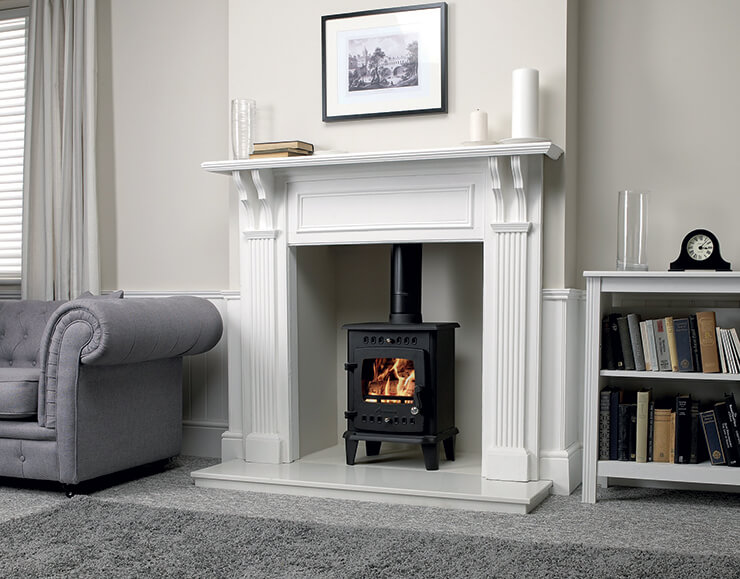
Worcester’s new Hanbury woodburning stove
What’s best: steel or cast iron?
It really depends on what you would like to achieve, as both have their benefits. Thick, high-temperature resistant steel will provide a more rapid heat up time. While cast iron may take longer to heat up, it naturally retains the heat and gives off warmth long after the logs have burned down.
What timber I can burn in my stove?
Only use wood that has a moisture content of under 20%. Any higher and it will not generate as much heat, plus it will create particle build up in the flue or chimney and blacken the door glass. Look for Woodsure Plus accreditation or measure your logs with a moisture meter. Many companies now sell kiln-dried logs, which are a particularly good option – they’ll generate twice as much heat as a moisture-laden equivalent.
It can be tempting to burn whatever you have to hand but many materials can give off dangerous fumes indoors and generate harmful environmental emissions. So do not use painted, varnished, glued and pressure treated timber, driftwood or engineered products such as MDF.
How much control do I have over the flames and heat output?
Unlike a traditional open fire, the air control levers built into a woodburning stove give you greater control over the size of the flame and the heat output – so you can switch from a roaring fire to a gently flickering flame with minimum effort.
What about stove maintenance?
A stove needs to be cleaned every time the fire goes out by brushing away the ash, removing particles from the door seals and wiping the glass clean. You should also have your chimney swept by a professional annually (at least). A carbon monoxide detector has to be fitted as part of any woodburner installation, and this will need to be tested and batteries replaced as necessary – most people do this twice a year, when the clocks change.
Do I need a special hearth?
If you have an existing hearth or other surface you want to site the stove on, your installer will be able to advise whether it meets current legislation – and, if not, what solutions are available. Models such as Worcester’s Bewdley have an optional integral wood store on which the stove sits.
This provides a neat way to store logs and also acts as a base that raises the stove about 600mm off the ground – so there’s little or no heat affecting the floor. It would still be worth opting for wood or a similar floor covering in case ash does drop onto the surface.
Martyn Bridges is director of marketing and technical support at Worcester, Bosch Group. He began his career as a heating and plumbing apprentice and has a strong technical knowledge of boilers and renewable heating systems. For more information on Worcester’s stoves and other efficient appliances, call 0330 123 9339 or visit www.worcester-bosch.co.uk
Image (top): Worcester’s new Hanbury and Bewdley woodburning stoves
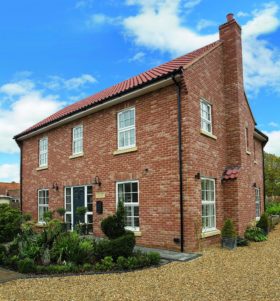
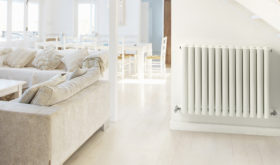



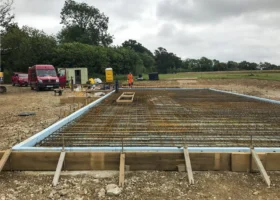


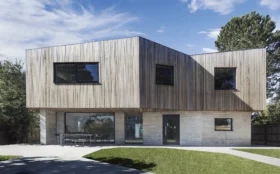





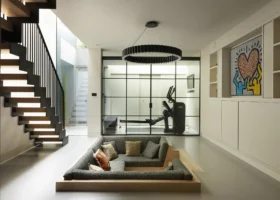
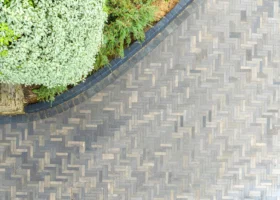






























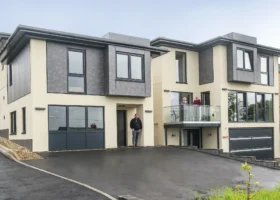












































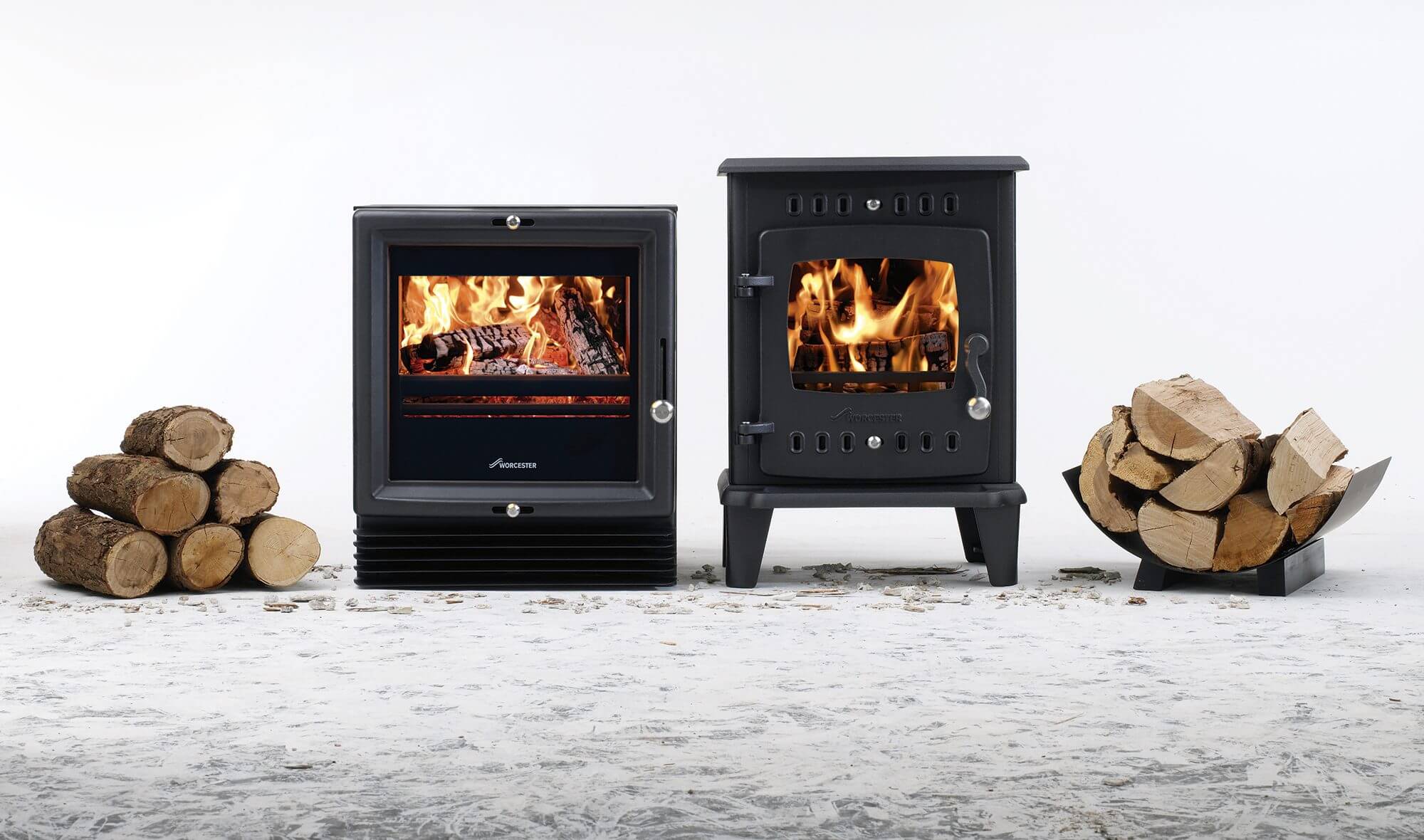
 Login/register to save Article for later
Login/register to save Article for later

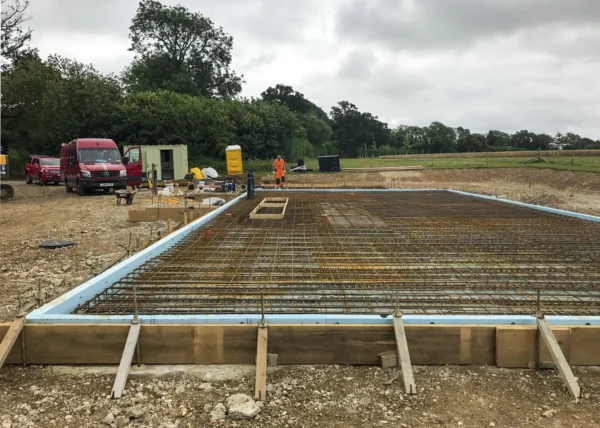
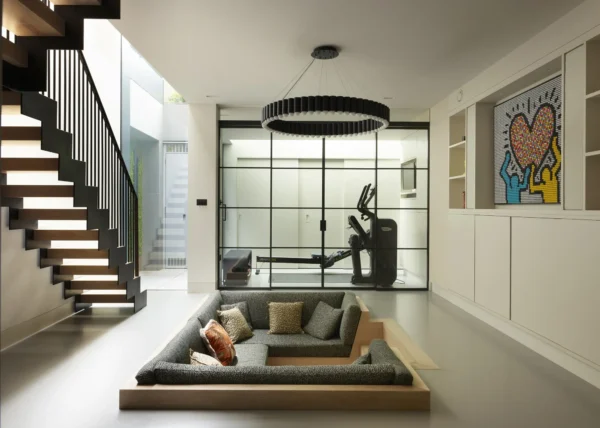
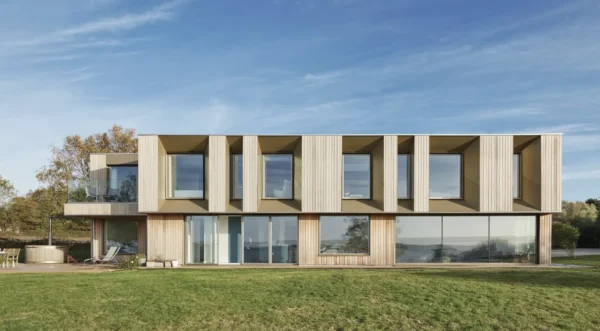
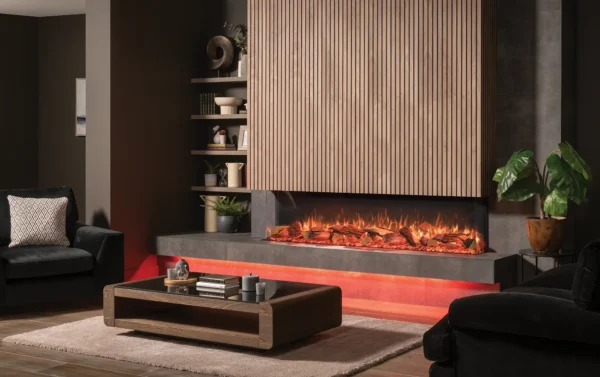
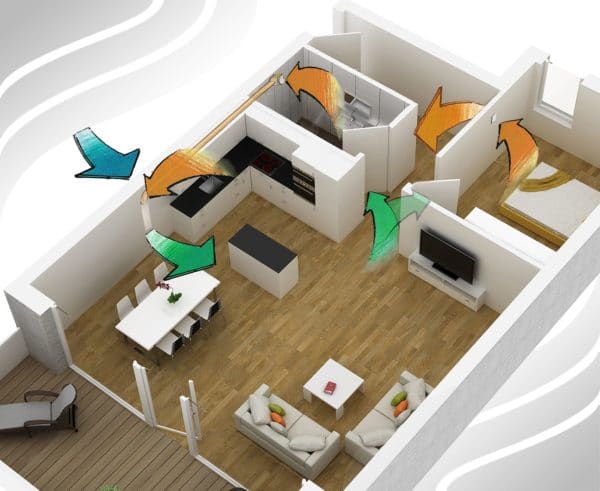






Comments are closed.